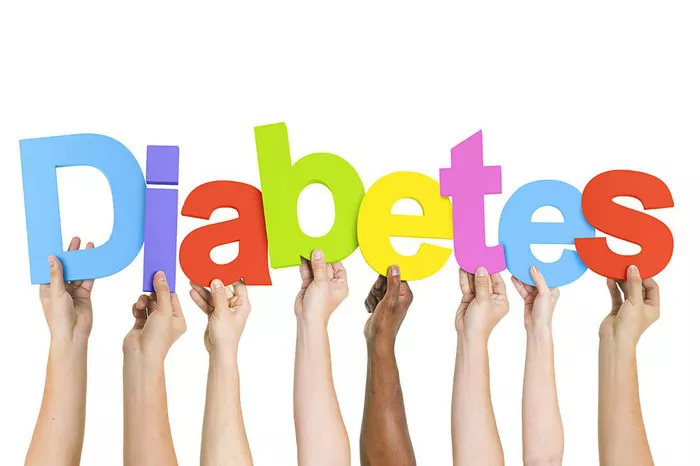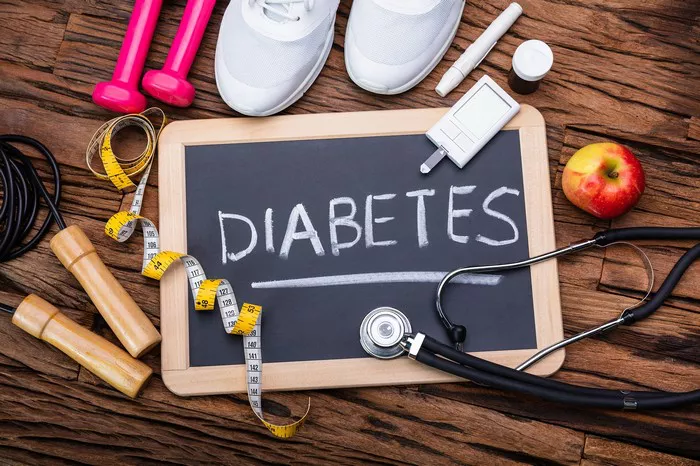Type 1 diabetes (T1D) is an autoimmune condition characterized by the destruction of insulin-producing beta cells in the pancreas. This results in a lifelong dependence on insulin therapy to regulate blood glucose levels. Recognizing the cardinal signs of type 1 diabetes is crucial for early diagnosis and effective management of the disease. The three primary symptoms—polyuria, polydipsia, and polyphagia—serve as key indicators of T1D and are essential for healthcare professionals and patients to identify.
This article delves into each of these cardinal signs, exploring their significance, underlying mechanisms, and implications for individuals with type 1 diabetes. By understanding these symptoms in depth, healthcare providers can enhance diagnostic accuracy and patient care, while individuals can become more aware of the signs to seek timely medical intervention.
The Pathophysiology of Type 1 Diabetes
To appreciate the significance of the cardinal signs, it is important to understand the underlying pathophysiology of type 1 diabetes. T1D is an autoimmune disorder where the body’s immune system mistakenly attacks and destroys insulin-producing beta cells in the pancreas. Insulin is a hormone crucial for regulating blood glucose levels by facilitating the uptake of glucose into cells for energy.
Without adequate insulin, glucose accumulates in the bloodstream, leading to hyperglycemia (high blood sugar). The body’s attempts to manage high blood sugar levels result in the classic symptoms of T1D: polyuria, polydipsia, and polyphagia.
Polyuria: Excessive Urination
Definition and Mechanism
Polyuria is characterized by frequent urination and the production of abnormally large volumes of urine. In the context of type 1 diabetes, this symptom arises due to the body’s inability to effectively manage high blood glucose levels. When blood glucose levels exceed the renal threshold (the maximum level of glucose the kidneys can reabsorb), glucose spills into the urine. This process, known as glucosuria, leads to increased urine output.
The mechanism behind polyuria involves several steps:
Hyperglycemia: Elevated blood glucose levels exceed the kidneys’ capacity to reabsorb glucose from the filtrate.
Glucosuria: Excess glucose in the urine creates an osmotic gradient, pulling water along with it.
Increased Urine Output: The osmotic diuresis results in a higher volume of urine production, leading to frequent urination.
Clinical Implications
Polyuria is often one of the earliest signs of type 1 diabetes. It can lead to dehydration and electrolyte imbalances if not managed appropriately. Persistent polyuria requires medical evaluation to determine the underlying cause and initiate appropriate treatment.
Monitoring and Management
For individuals with type 1 diabetes, managing blood glucose levels effectively is crucial to control polyuria. Regular monitoring of blood glucose levels, adherence to insulin therapy, and maintaining adequate hydration can help mitigate this symptom. It is also important to monitor urine output and report any significant changes to a healthcare provider.
Polydipsia: Excessive Thirst
Definition and Mechanism
Polydipsia refers to excessive thirst and an increased need to drink fluids. This symptom is closely related to polyuria and is a compensatory mechanism for the fluid loss associated with frequent urination. As the body loses large volumes of water through urine, it triggers the thirst mechanism to encourage fluid intake and restore hydration.
The mechanism behind polydipsia includes:
Fluid Loss: Increased urination leads to significant fluid loss and dehydration.
Thirst Response: The body’s thirst centers, primarily located in the hypothalamus, are stimulated to increase fluid intake.
Increased Fluid Consumption: Drinking more fluids helps counteract the dehydration caused by polyuria.
Clinical Implications
Polydipsia can be distressing and may lead to excessive fluid consumption, which can affect overall fluid balance and electrolyte levels. Persistent thirst despite high fluid intake may be indicative of poorly controlled diabetes or other underlying conditions.
Monitoring and Management
Effective management of polydipsia involves controlling blood glucose levels to reduce polyuria and, consequently, thirst. Ensuring adequate hydration is important, but individuals with type 1 diabetes should also monitor their fluid intake to avoid potential complications. Regular follow-up with healthcare providers can help adjust insulin therapy and address any persistent symptoms.
Polyphagia: Excessive Hunger
Definition and Mechanism
Polyphagia is characterized by excessive hunger and increased food intake. This symptom occurs because the body’s cells are unable to access glucose for energy due to insufficient insulin. Despite high levels of glucose in the blood, the cells are starved of energy, leading to increased hunger.
The mechanism behind polyphagia involves:
Inadequate Glucose Utilization: The body’s cells are unable to absorb glucose due to the lack of insulin.
Energy Deficit: Cells experience an energy deficit, triggering hunger signals to prompt food intake.
Increased Appetite: The body’s response to low cellular energy is an increased appetite to provide more fuel.
Clinical Implications
Polyphagia can lead to weight gain and may complicate diabetes management if not addressed. It is important to distinguish between physiological hunger and the increased appetite resulting from hyperglycemia. Effective management of blood glucose levels can help reduce excessive hunger and stabilize appetite.
Monitoring and Management
For individuals with type 1 diabetes, managing polyphagia involves controlling blood glucose levels through insulin therapy and a balanced diet. Regular monitoring of blood glucose levels and adjusting insulin doses as needed can help reduce hunger and improve overall glucose control. Consulting with a dietitian can also provide guidance on meal planning and managing hunger.
Diagnostic Importance of the Cardinal Signs
Recognizing and understanding the cardinal signs of type 1 diabetes—polyuria, polydipsia, and polyphagia—are essential for early diagnosis and intervention. These symptoms often prompt individuals to seek medical attention, leading to the identification of type 1 diabetes and the initiation of appropriate treatment.
Early Diagnosis and Intervention
Early diagnosis of type 1 diabetes is crucial to prevent complications and improve long-term outcomes. The presence of the cardinal signs, especially in combination with other symptoms such as unexplained weight loss or fatigue, should prompt further evaluation by a healthcare provider. Diagnostic tests, including blood glucose measurements and hemoglobin A1c (HbA1c) testing, can confirm the diagnosis.
Preventing Complications
Managing type 1 diabetes effectively involves addressing the cardinal signs through comprehensive treatment plans. Proper blood glucose control, regular monitoring, and adherence to insulin therapy are key components of managing the disease and preventing complications. Educating patients and their families about the significance of these symptoms and the importance of timely intervention can improve disease management and quality of life.
See also: How Long Does False Hypoglycemia Last?
Conclusion
The three cardinal signs of type 1 diabetes—polyuria, polydipsia, and polyphagia—are critical indicators of the disease and provide valuable insights into the underlying pathophysiology. Understanding these symptoms and their mechanisms helps healthcare providers diagnose and manage type 1 diabetes more effectively. For individuals with type 1 diabetes, recognizing and addressing these signs is essential for maintaining optimal glucose control and preventing complications. By focusing on early detection and appropriate management, individuals with type 1 diabetes can lead healthier lives and reduce the impact of the disease on their overall well-being.
Related topics:
What is the Pathogenesis of Type 1 Diabetes?

























